Over the past two years, a tsunami has hit the kratom world, but it’s not what you think. It’s called 7‐hydroxymitragynine (or 7‐OH for short), and it’s showing up in smoke shops everywhere, packaged as “premium kratom” or “kratom extract.”
But here’s the truth:
This is not kratom.
Let’s break it down.
What is Kratom?
Kratom is a natural plant from the Rubiaceae family, the same family as coffee. It has been used for over a thousand years by the Dayak tribes in Indonesia and throughout Southeast Asia.
The leaf contains over 50 different alkaloids that interact with multiple systems in the body such as serotonergic, dopaminergic, adrenergic, and more. The main one is mitragynine, which makes up around 66 percent of the total alkaloid content in the leaf.
Without mitragynine, there is no kratom. Just like without caffeine, there is no coffee.
What is 7-OH?
Many people are being told that 7‐OH is a kratom alkaloid. It is not.
To be a true kratom alkaloid, the compound must be present in the living leaf as it grows. 7‐OH is not. It forms only after harvest, either during the drying process (oxidation) or inside the human liver as mitragynine is metabolized.
In dried kratom powder, 7‐OH exists in only trace amounts, typically less than
0.01 percent. It is barely there. And it is completely absent in fresh, raw kratom leaves. Saying that 7-OH is kratom, is saying that a single grain of sand is the beach.
So Where Are All These 7‐OH Products Coming From?
Despite what the flashy labels say, these products are not extracted directly from kratom. It would take pounds and pounds of powder to create even a single shot or capsule. That is just not realistic.
Instead, manufacturers extract mitragynine from kratom, then chemically convert it into 7‐OH in a lab. After that, they slap a label on it that says “kratom alkaloid extract” and sell it to unsuspecting customers.
But here is the deeper truth.
Kratom is a plant, grown by farmers, harvested from nature, and dried under the sun. 7‐OH products are lab creations. They do not come from trees. They come from chemical conversions. There is nothing “natural” about them.
Calling it “natural kratom extract” is not just misleading. It is dishonest.
What the Top Kratom Scientist Told Me
To get the facts straight, I traveled to the University of Florida to sit down with Dr. Christopher McCurdy, the leading kratom researcher in the U.S. His lab has received millions of dollars in funding from NIDA (National Institute on Drug Abuse) to study kratom’s chemistry and potential.
I asked him directly about the 7‐OH capsules and shots being sold in smoke shops.
“We’ve tested multiple products labeled as 7‐OH from different manufacturers,” he told me every single one came back with unknown substances not known to science.
Could they be harmless?
Possibly.
Could they be dangerous? We just don’t know.
And that is the real danger. People are buying these thinking it is a plant‐based product, but it’s experimental chemistry.
What the Rats Told Us About Respiratory Effects
There is now compelling scientific evidence showing how dangerous 7‐OH really is—even compared with morphine. A peer‐reviewed animal study found that:
- 7‐HMG (which is the same as 7‐OH) caused significant respiratory depression in rats. Breathing frequency, tidal volume, and minute ventilation all dropped markedly.
- Mitragynine (MG), by contrast, actually increased respiratory frequency and showed no signs of respiratory suppression.
- The respiratory depression caused by 7‐HMG was completely reversed by naloxone,showing it works like a classic opioidhttps://pubmed.ncbi.nlm.nih.gov/40475626/
In short, MG, the main alkaloid in kratom, appears far safer for breathing. Dr. Marylin Huestis, one of the top forensic toxicologists in the country has stated that kratom does not active the beta-arrestin pathway, which is responsible for causing respiratory depression from opioids. However, 7‐OH behaves like morphine and threatens lung function. This experiment drives home why these are not interchangeable substances.
Why It Matters
7‐OH is multiple times stronger than morphine and has a high abuse potential. A small
percentage of people do abuse plain leaf kratom, but they are the exception, not the rule.
Most people using normal kratom powder report improvements in pain, focus, mood, and overall quality of life.
But 7‐OH? I have spoken with thousands of people who were doing great on kratom until they got introduced to 7‐OH. They were told it was “just stronger kratom.”
Now they are struggling, and that is not right. People deserve informed consent. I am not a prohibitionist, but people deserve to make informed decisions.
These are two completely different substances, and they affect the body and brain in completely different ways. The leaf contains over 50 different alkaloids that affect many parts of the body, including the brain. Kratom’s compounds interact with mu-opioid receptors, delta-opioid receptors, serotonin receptors (5-HT2A), dopamine receptors, adrenergic receptors (especially alpha-2), and adensoinergic receptors.
The Pilgrim Analogy
Here is the easiest way I can explain it:
Yes, 7‐OH comes from kratom, just like you come from your parents.
But, if you walked around telling people you ARE your parents, they’d think you lost your
mind..but here is the thing, you share 50% of your DNA with your parents.
In Kratom’s DNA, 7-OH makes up less than 0.010%.
In fact, you share more DNA with a distant relative from the 1600s than kratom powder shares with pure 7‐OH.
So when someone says “7‐OH is kratom,” they might as well be calling themselves a pilgrim.
Final Thought
When people call 7‐OH “kratom,” they are either uneducated or they are being deceptive to make money off the kratom name.
These are not the same thing.
They are not in the same category.
They are not even in the same universe.
If you want to use 7‐OH, that is your decision.
But do not confuse it with kratom—and please do not call it that.
Millions of people rely on the real thing to turn their lives around, and they deserve to know the difference.
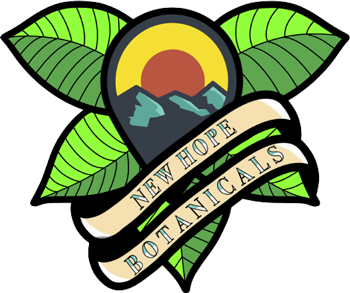
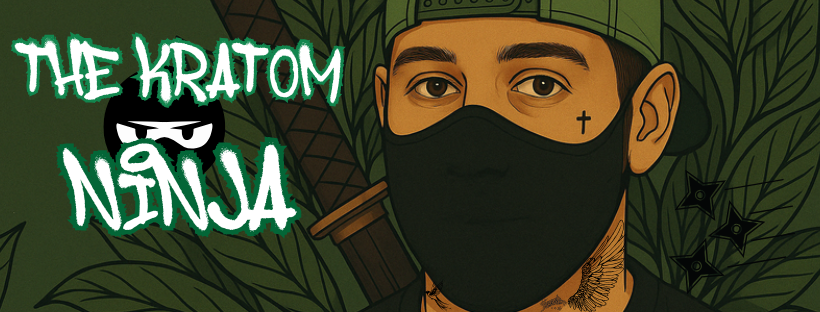
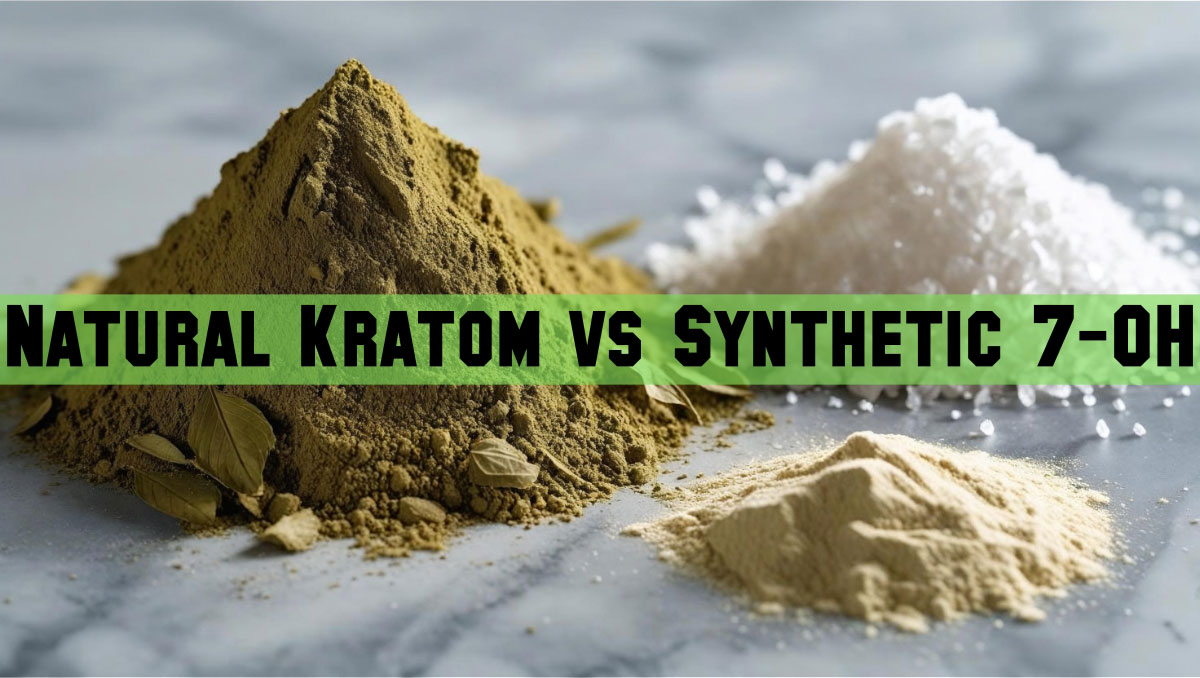
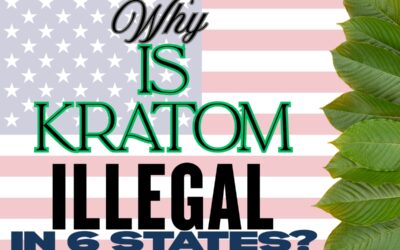
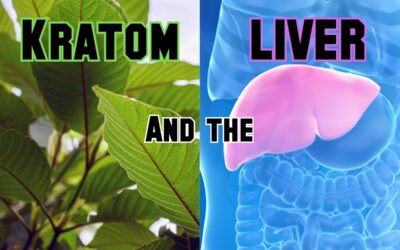
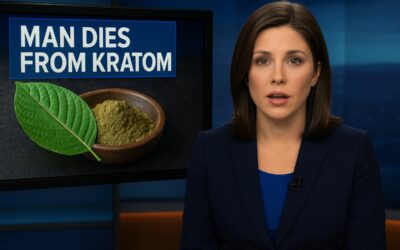

0 Comments